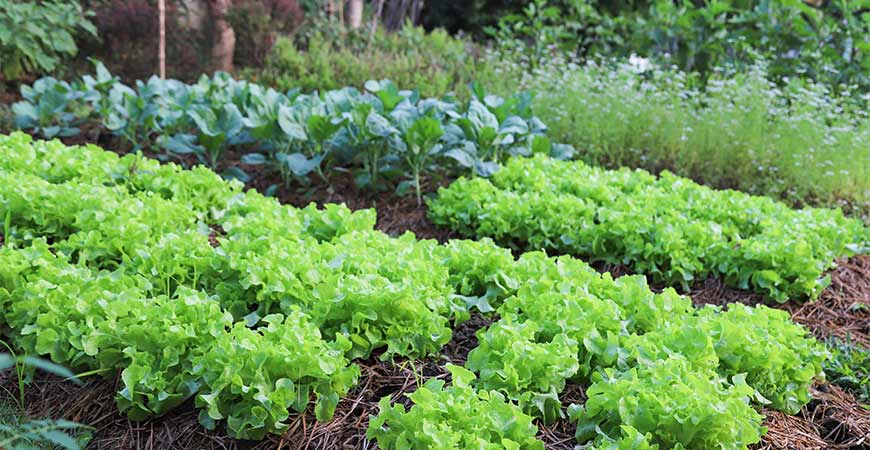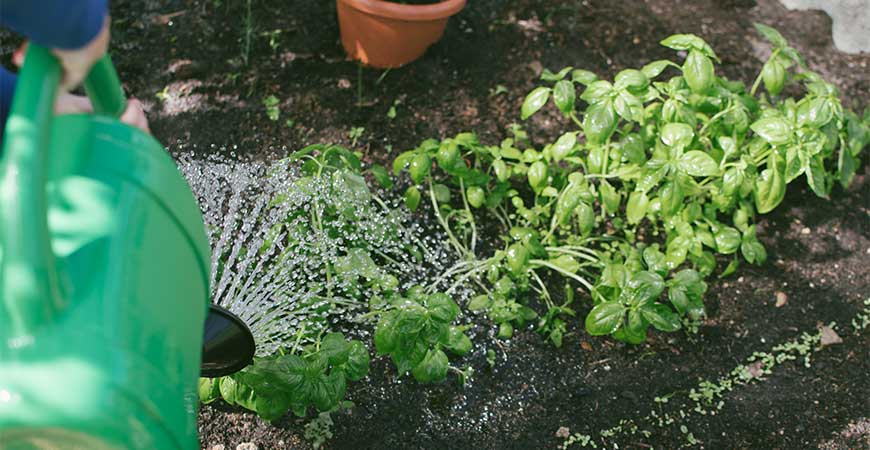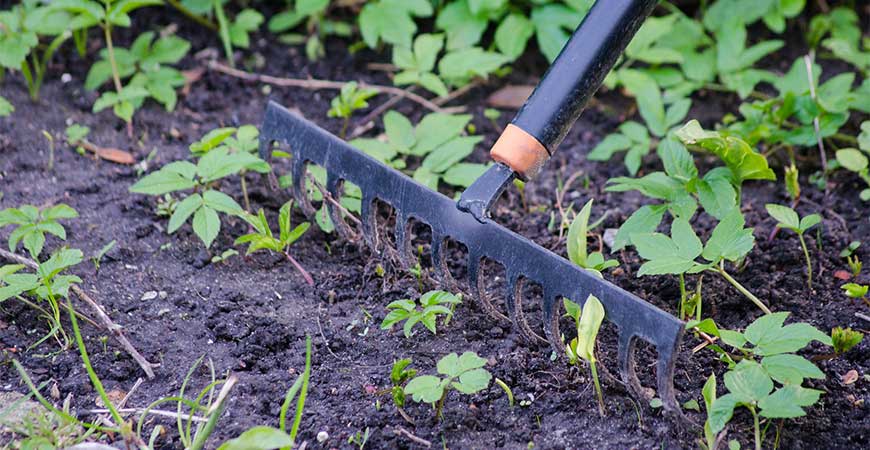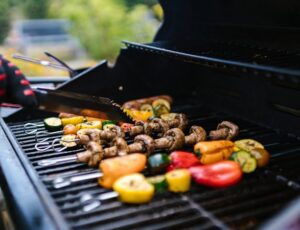
Top 8 Ways to Enjoy National Garden Month this April
In the early ’80s, the National Garden Bureau partnered with several US horticultural organizations to legislate National Garden Week. In 2002, the National Gardening Association successfully extended the holiday to the month of April.
Here’s a list of fun ways to celebrate National Garden Month.
Decorate Your Outdoor Space
If you’re green thumb-challenged, you can still participate in the National Garden Month fun. Ready your backyard, deck, or patio for the warm weather ahead.
Dust off the patio furniture, and add new pillows and seat cushions. Set a vase of fresh flowers on an outdoor table. Clean up any green and black stains on your outdoor furniture with Wet & Forget Outdoor.
Click here to learn more.
Renovate Your Lawn
Early spring is the best time to tend to your lawn as the turf is just beginning to ‘wake up’ from a long winter’s sleep. Renovating your lawn will encourage new, healthy growth and eliminate bothersome weeds.
Aerate the lawn
Aerating your lawn will break up any hard, compacted dirt, allowing your lawn to ‘breathe’ again. You’ll quickly notice a difference in turf appearance.
Lawn aerator machines can usually be rented from a local garden center.
Add Compost, Amendments, and Grass Seed
While gardening, feed the ground with essential amendments and nutrients in the test report. Improve clay gardens with gypsum.
Improve sandy gardens with compost. Adding rotted manure will improve all types of gardens.
Water Regularly
Water your lawn on a regular schedule. Outdoor temperatures can quickly rise, so keep gardens moist until new roots are established.
Harvest and Enjoy Early-Spring Herbs

Perennial herbs like sage, thyme, and oregano ‘wake up’ in early spring. Snip fresh herbs with garden shears, removing a one-third section.
The best time to harvest is in the early a.m. To harvest herbs, you will need garden gloves, garden scissors, and a container to hold the clippings. Water your herbs a few hours before harvesting.
Keep healthy cuttings and toss any that are wilted or damaged. Rinse herbs in the kitchen sink under a trickle of cool water.
Plant a Salad Garden
Salad greens thrive in the cool temperatures of early spring and add a healthy addition to mealtime. Whether you prefer your greens, sweet or spicy, there’s a wide variety of greens from which to choose.
Arugula, cress, leaf lettuce, mesclun mix, and spinach are just a few that easily grow from seed. In the southern U.S., salad greens are often grown in winter using a cold frame.
Prep Your Garden Beds
Each early spring month is the time to prepare your gardening during the growing season.
Remove fallen leaves, stems, over-wintering weeds, and garden debris with a garden rake. Throw branches and leaves in the compost pile. Prune back perennials for new spring growth.
Now is a good time if you haven’t had your soil tested in a while. Send a soil sample to your local county extension office.
They will test it to determine the quality of the dirt you are gardening with, including the amount of calcium, nitrogen, potassium, and phosphorus.
Clean your garden tools with mild soap and a utility rag—Scrub metal surfaces with steel wool to remove hard, caked-on dirt.
Condition hand tools by applying a coating of linseed oil. Use a sharpening stone to sharpen blades. Clean and condition wood-handled tools with mineral spirits and a utility rag.
Don’t forget to work the soil! Turn it with a garden shovel to break up large clumps and remove weeds, rocks, or other debris before you begin gardening.
Toss a 1-inch layer of compost or manure on the surface. Work it into the top few inches of soil. Rake the surface until it’s even and smooth.
Make a Garden Craft with the Kids
Creating vegetable plant markers is a fun National Garden Month project for kids of all ages. These colorful plant markers are crafted of colorful felt, hot glue, and craft sticks.
Start by cutting simple shapes from felt sheets – circles for tomatoes, long ovals for cucumbers, triangles for carrots, star shapes for veggie tops, etc. Press the finished markers into the ground near each plant row to identify each veggie. This will also make it easier for gardening and harvesting this month and into the future.
Get Some Sun and Exercise

Our bodies need sunlight to produce Vitamin D, and everyone knows that exercise is good for you, so get outside and enjoy the healthy benefits of gardening while each month is warm. Planting and garden maintenance, including weeding, raking, and pruning, can burn approximately 300 calories per hour.
Tilling, shoveling and spading improve upper body strength and tone muscles. Always stretch and warm up your muscles before you start.
Join a CSA (Community Supported Agriculture)
If you have no time or space for a garden, you can still enjoy fresh produce throughout the summer. Local farmers offer their garden bounty through farmers’ markets, food co-ops, and CSAs.
When you join a CSA, you purchase a ‘share’ of seasonal vegetables. From each month during spring to fall, you’ll get a regular supply of fresh, locally grown veggies from a local farmer, possibly every week or month. It’s a great way to eat healthily and support the food community.
See the USDA’s national food directory for a CSA near you.
Did you know? Vitamin D helps with bone development, boosts the immune system, and helps with weight loss.
Check out how to grow onions for this National Gardening Month! Click Here.
Get out and enjoy each week of April with this list of gardening ideas; click here.










